Disclosure
Welcome and thank you for visiting this article. Before you start reading, you need to know that some of the links on my website are affiliate links from which I receive a small commission from the sale of certain items, but the price remains the same for you.
Follow me on Instagram for your daily dose of wanderlust inspiration!
Connect with me on Instagram!
In November 2019, Tokyo was the start of an amazing 3 weeks in Japan. With an incredible skyline, spiritual temples, delicious street food, and endless things to do, this city is perfect for immersing yourself in Japanese culture.
In my 5-day Tokyo itinerary, you’ll find a day-to-day schedule divided into different neighborhoods and areas around the city. Besides the many exciting places, I also included how to get into the city from the airport, where to eat, how to get around, the best time to visit, and the best hotels.
This article will show you the best way to explore Tokyo in 5 days however if you plan to stay a few days less or even longer and discover Tokyo in 7 days, you can easily adapt this itinerary to your trip.
READ ALSO: 17 Awesome things to do in Osaka

How to get to Tokyo?
By plane:
Narita and Haneda are the two major airports of the city and for this trip, I choose to fly from Kuala Lumpur to Haneda Airport as this airport is the closest to the city center.
It was incredible how easy everything went upon arrival, in less than 30-min I was in the city and could check into my hotel. Narita Airport is about an hour from the center, although it is the most popular airport for international flights.
By train:
Most people who visit Japan will have a return flight from the same city, for example, Tokyo, and the fastest way to all the amazing places in Japan is by train. Especially with the Shinkansen train as you can go from Tokyo to Osaka in just a few hours.
Foreigners can buy a Japan railway pass that covers almost all the trains and it is valid for 7, 14, or 21 days.
By bus:
What many people don’t know and what we personally used most during my Japan itinerary is the bus. Taking the bus is a less expensive alternative than taking the train but it takes more time.
For example, the Shinkansen from Osaka to Tokyo is only 2 hours and by bus, it’s around 8-9 hours. So it’s up to you to decide what’s most comfortable. We had the time so we did almost everything by bus and can only recommend this. Super easy and comfortable! (even with WiFi onboard)
Best time to visit Tokyo
Winter: December – February
During these months you can expect dry and sunny weather, but cold temperatures. January is the coolest monthwith an average temperature of 10°C. (2°C at night) Spending winter in Tokyo is a wonderful time to soak in a hot spring, spot Mt Fuji, celebrate New Year, or even go skiing in the Japanese Alps.
Cherry Blossoms (Sakura): March – April
Cherry blossoms in Tokyo are starting end of March, with a full bloom in early April. During these months it’s also spring, where you can expect dry and sunny weather with an average temperature between 13-18°C. Experiencing the cherry blossoms or sakura is a once-in-a-lifetime experience!
Check the actual cherry blossom forecast for Japan here
Typhoon season: June – September
Starting from June, the raining season starts in Japan with the most chance on typhoons in August and September. This is a period we don’t recommend you to go to Tokyo as you’ll experience a lot of rainfall and super humid weather with average temperatures between 27-31°C.
Autumn: October – November
October and November are both lovely months to visit Tokyo. The weather is pleasant, open skies and not too hot anymore with average temperatures between 17-22°C. We went to Japan during these months (to be exact: October 30 – November 18) and had a wonderful time. From late October, you’ll also see the beautiful autumn colors popping up on the trees. Lovely!
Check the actual forecast for the autumn colors in Tokyo here

Where to stay in Tokyo
As the largest city in the world and it can be very overwhelming to find the best places to stay in Tokyo. I stayed at Hiromas Hostel near Akihabara, which was an excellent location to explore the city.
Other districts, I highly recommend staying in are Shinjuku, Chuo, Taito, and Minato as all these areas have a good connection with public transport to most of the highlights and you will find here the best accommodations in Tokyo.
READ ALSO: 21 Best hotels in Japan

Where to eat in Tokyo
I usually went to visit the grocery store to buy lunch or some vegetables for dinner. The Maruetsu Petit, which has locations throughout Tokyo, was my go-to store for finding nutritious vegan food. I spent JPY 796 ($7) on a salad bowl, bread, extra avocado, and baked sweet potato.
While I went out in the city and I wanted to have a quick lunch or eat something different I went to these places, which I highly recommend.
- 8ablish Cafe near Shinjuku and Shibuya (healthy vegan food, beautiful interior, cozy atmosphere, be sure to book a table in advance)
- Ain Soph. Ripple in Shinjuku (100% plant-based fast food restaurant, fav pick: the Ripple vegan burger with fries & vegan cheese)
- Cococurry at the Omoide Yokocho or the Piss Alley in Shinjuku (they have vegetable curry rice plates which are quite good)
- Falafel Brothers in Roppongi (our favorite place to grab a delicious falafel sandwich, only JPY 500 or $4)
READ ALSO: 21 Best hotels in Japan

Tokyo Guide: 5 days in Tokyo itinerary
Day 1: Shibuya
Consider day 1 in this Tokyo guide as the first full day of your trip and I always try to visit the main highlights on the first few days. This gives me extra time and space to visit a place again in case it’s closed, too crowded or maybe you like it so much that you would like to visit that specific place again.
TIP: Get a PASMO or Suica card where you can top up money to use all metro, subways, and JR train lines in Tokyo. There is no difference in cards, the only difference is where you purchase them.
PASMO is sold at almost every private railway station, subway station, or bus depot in Tokyo while Suica can only be purchased at the major JR East Station. We took a pre-loaded PASMO with JPY 2000 per card ($18,5).

Walk across the busiest intersection in the world, Shibuya Crossing
When I woke up, I went immediately to the most remarkable crossing I have ever seen, the Shibuya Crossing, which is just in front of the Shibuya Station. With over 2500 people crossing every day and connecting 5 streets at the same point, the Shibuya Crossing is known as the busiest pedestrian crossing in the world.
This was an amazing first impression of Tokyo as the intersection is surrounded by buildings with flashy neon billboards, street artists performing funny acts, and tourists snapping photos at every corner.
TIP: Take the Hachikō exit at the Shibuya station and check out the famous Hachiko Statue in front of the station.
BOOK: A private guided tour in Tokyo that show you around Shibuya and the Hachiko Statue

Admire the Shibuya Crossing from the top
Probably you crossed every intersection in each direction but I also recommend having a look at the Shibuya Crossing from above as you can see how crazy it actually is.
The best option is to go to the view platform in the shopping complex of MAGNET by Shibuya 109 as you have amazing views over the intersection and it is also the place where I took the photos you can see here. Although, you need to pay an entrance fee of JPY 500 which is definitely worth the money!
Since 2019, there is also the option to visit the Shibuya Sky Deck, which is a trendy spot on top of the highest building in Shibuya with a 360° open-air observation platform. From here you will have a unique view of the crossing, Though, the Skyjack was still under construction during my stay in Japan.
BOOK: Your tickets for Shibuya Sky in advance
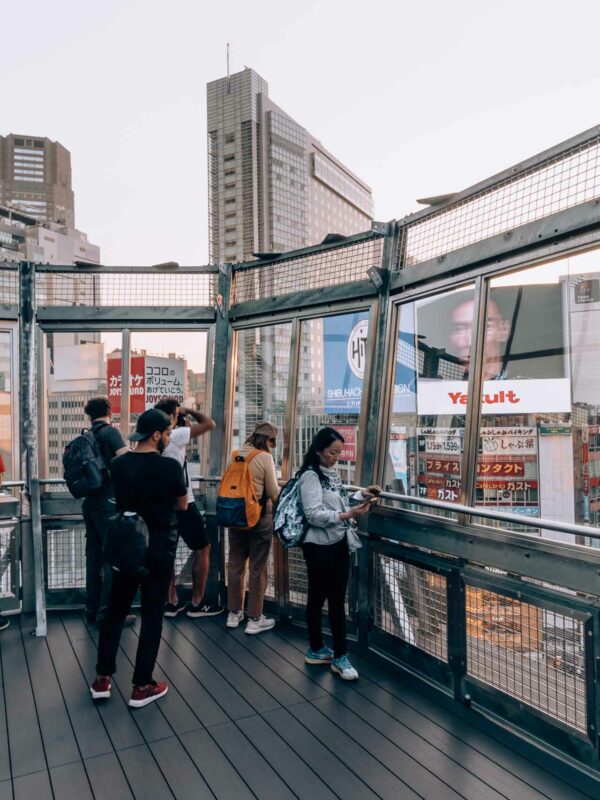

Wander through Cat Street
The beautiful and peaceful Cat Street is a great place to walk through if you want to go from Shibuya to Harajuku. However, the name is not relevant to cats but it is more of a hipster neighborhood with plenty of boutique shops, trendy cafes, and vintage stores.
LOCATION: Cat street


Explore Yoyogi Park and have lunch in the park
Yoyogi park is a great place to unwind from the busy morning at Shibuya and have your lunch while checking out other people.
The park is massive and divided into two different sections, with on one side a large open grass space that contains picnic benches, jogging trails, flower gardens, and an aviary, whilst on the other side, you will find one of Japan’s most famous shrines, the Media Jingu Shrine.
When you come here on the weekends, you can see many street performers dancing or acting such as the Elvis imitators I saw when I was in Yoyogi Park. Really amazing and entertaining.
LOCATION: Yoyogi Park


Discover Harajuku district and Takeshita Street
When you visit Yoyogi Park, you almost pass this area as it is across the park, so if you are not interested to visit the park, you can go straight from Cat Street to Takeshita Street.
Harajuku is a trendy neighborhood mainly popular for its fashionable streetwear and Japanese youth culture with many girls dressed up as Lolita’s selling different kinds of food.
Start at Takeshita Street as this is the most vibrant area with many trendy shops, cozy restaurants, and delightful food stalls where you can spend easily a few hours.
MUST VISIT: Totti Candy Factory, Tokyo’s most iconic candy shop


Do some shopping in Omotesando
Before heading back to your accommodation in Tokyo, you can head over to Omotesando where many luxury brands, international stores, and multi-floor shopping malls are such as the Tokyo Plaza Omotesando.
This shopping Mall is known for the incredible mirrored escalators at the entrance. I had a quick stop here to take some beautiful photos and went back to my hostel because I hit over 20.000 steps and my feet were pretty sore.


Day 2: Shinjuku
On day 2, I took the metro with the Oedo Line from my hostel in Taito to explore the Shinjuku neighbourhood in Tokyo. The area is crowded with large neon and advertisement billboards, tasty restaurants and food corners, a bustling nightlife but also peaceful gardens to escape from the crowds.
You can expect a bit of everything in Shinjuku and I had the feeling that there are much more ex-pats and international businesses in Shinjuku.
READ ALSO: 10 x the best places to see cherry blossoms in Fukuoka

Watch panoramic views from the Tokyo Metropolitan Government Building
Go in the morning to Shinjuku and visit the Tokyo Metropolitan Government Building, which is an impressive building with two towers that’s located in Shinjuku’s business area and it is FREE to visit.
When the weather is clear you have even the chance to see Mt. Fuji from one of the two panoramic view decks at the top. Anyway, the views over the city are incredible too as you can see Tokyo’s city skyline.
I made the mistake to come here around lunchtime and the queue was soo long that I decided to skip it.
ENTRANCE: Free entrance
TIP: Avoid the queue and go as early as possible. The Tokyo Metropolitan Government Building opens at 9.30 AM and the last elevator goes up at 10 PM.

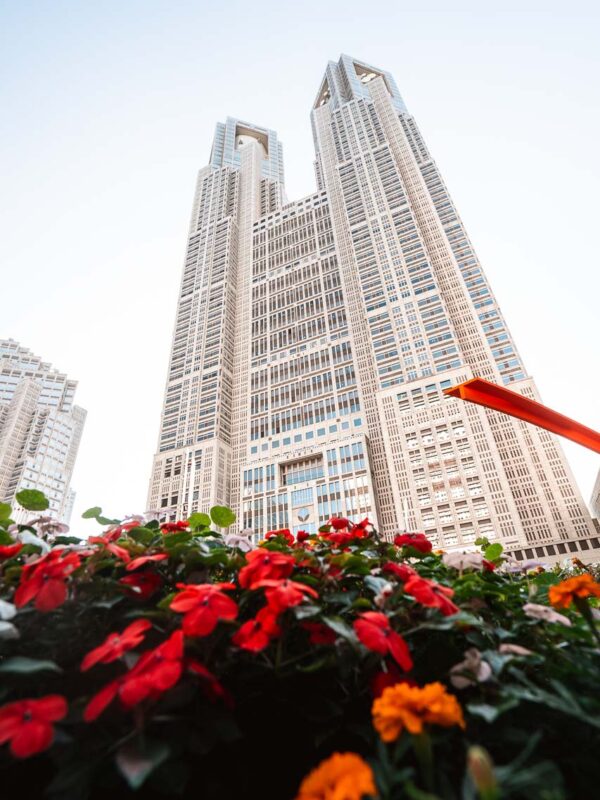
Visit the Shinjuku Gyoen National Garden
During my stay in Tokyo, I mostly bought a pre-made salad in the supermarket and enjoyed my lunch in a park. Shinjuku Gyoen National Garden is very peaceful and right in the center of the Shinjuku district. It takes about 20 minutes to walk from the Tokyo Metropolitan Government Building.
Have a walk around the park’s different gardens such as the Japanese and French gardens but make sure you visit the Greenhouse, which reminded me of the Flower Dome in Singapore.
COST: The entrance fee is JPY 500 per person


Wander around in the small izakayas in Omoide Yokocho (aka Piss Alley)
Omoide Yokoche is also known as Piss Alley or Memory Lane and in the very narrow alleys, you’ll find Izakayas, which are Japanese bars and very small restaurants. This is probably the image of Japan you have seen in some magazines or on Tv.
It is a truly hidden gem that’s slowly becoming more like a tourist spot, although it is an amazing place to hang among the locals or have some fun taking photos in the alleys.
It is about 15 minutes walk from the Shinjuku Gyoen National Garden and as it was not that easy to find, I added the location the below
FOOD TIP: Cococurry is a good spot to eat vegetarian noodles and curries
LOCATION: Omoide Yokocho


Discover the streets of Kabukicho in Shinjuku
In the afternoon, I went to Shinjuku’s red-light district and popular nightlife scene in the Kabukicho neighborhood where all the streets are illuminated with colorful neon lights, robot restaurants, and love hotels.
As I went in the afternoon, it was not as crazy as when you come here at night time but iI got a very good impression of how it would look like.
Here you can also find the famous Godzilla head at the top of the Toho Cinema when you look up or take the elevator to the view deck at the top to take some amazing photos.
LOCATION: Godzilla Head

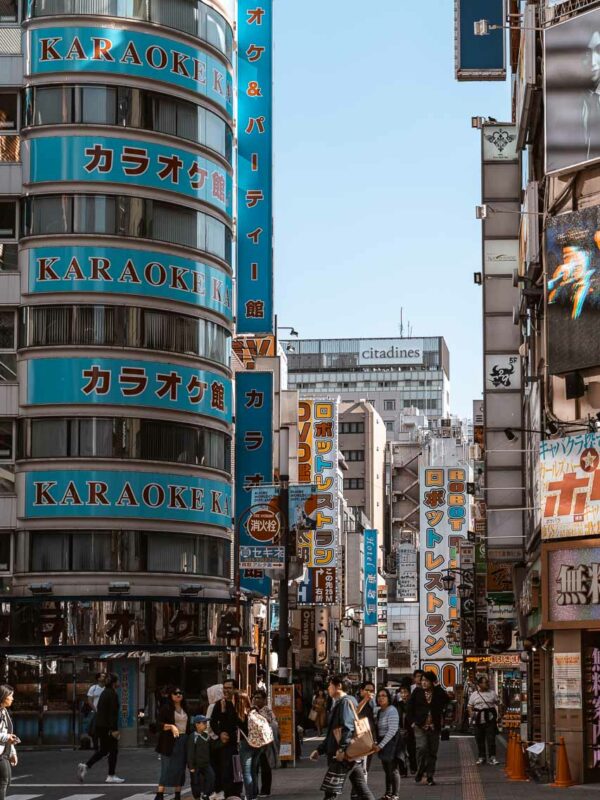
Wander through the alleys of Shinjuku Golden Gai at night
Before heading back to my hostel I went to the neighborhood of Shinjuku Golden Gai, which looks like a big maze with more than 200 tiny, cozy, and hidden bars. It’s amazing to wander through the small alleys or have a drink with some locals at the bar.


Day 3: Ueno, Sumida & Akihabara
We are halfway through this 5-day Tokyo itinerary and this day is a bit more relaxing and discovering the cultural side of Tokyo as I visited the famous Sensoji Temple in the morning, walked through Sumida Park and Ueno Park, and explored Akihabara at night.

SensoJi Temple and Asakusa Temple
The SensoJi Temple and the Asakusa Temple are located next to each other and it is the oldest and the most famous Buddhist temple in Tokyo. It is without a doubt, a must-visit place in Japan. The temple is easy to recognize by the huge red lantern hanging at the entrance gate and the big mass of people who come here to do their traditional rituals every day.
I came here after breakfast but quickly found out that it was not the best moment as it was soo crowded with locals and guided tours around the temple. Although it is nice to soak up the atmosphere and see all the locals attending a religious ceremony.
However, if you would like to have the temple for yourself and shoot some awesome photos, then I recommend coming before 8 AM
COST: The entrance to the SensoJi Temple is free, however, you can learn more about the traditions and history with a guided tour.


Sumida Park
A short 10-min walk from the Sensō-Ji Temple is Sumida Park, which is located next to the Sumida River and an absolutely stunning place. Without knowing or doing any research about Sumida Park, I decided to visit the park and it was the best thing I did.
From the park, you have beautiful views of the Tokyo Skytree Tower on the other side of the river and besides the views, there are many walking trails where you can enjoy the peaceful environment and have your morning coffee.
TIP Visit both sides of Sumida Park along the river by walking across the bridge.
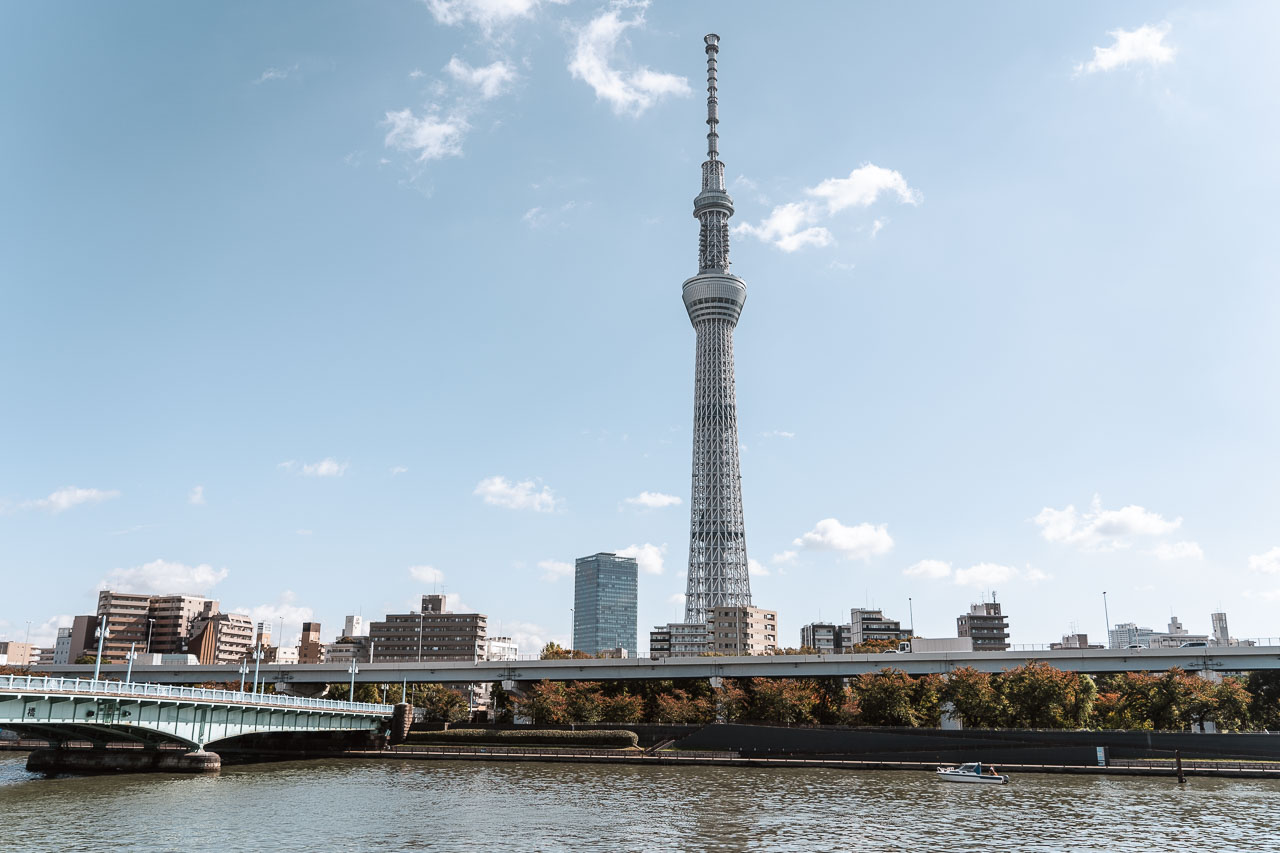
Tokyo Skytree
The Tokyo Skytree is just across the river and only a 10-minute walk from Sumida Park, so it is the perfect stop to do afterward. With 634 meters, the Tokyo Skytree is the tallest building in Japan and you can experience incredible views from a few different levels.
The entrance fee is not very cheap and as I already visited the stunning views from the Roppongi Sky Deck, I decided to skip it this time. However, the views are completely different and during Sakura (cherry blossom season) you can see the beautiful colors from above.
PRICE: There are different types of tickets (depending on the floors you want to visit or if you want to skip the lines), but prices are ranging from JPY 2100 per person ($20) to JPY 4200 per person ($40).
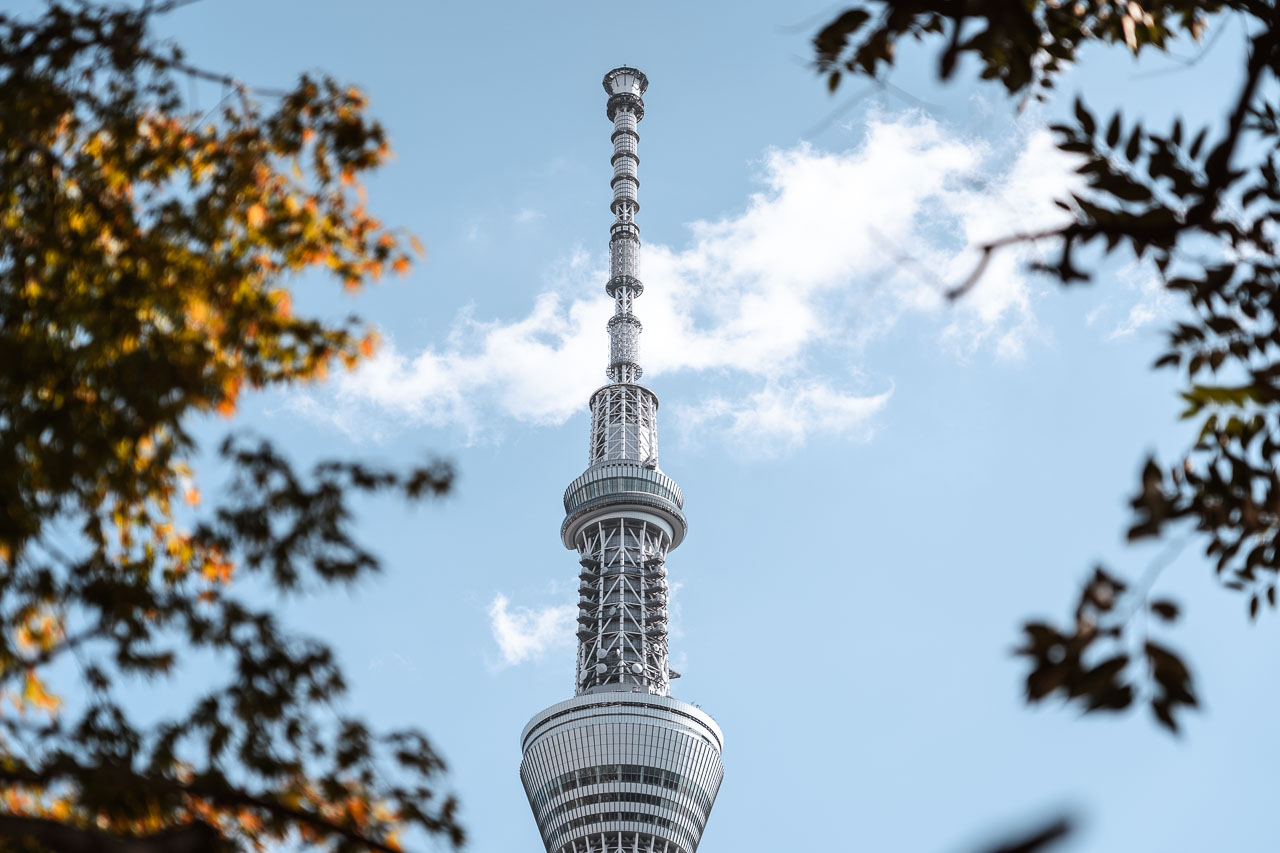
Ueno Park
A beautiful park that you can’t miss when you visit Tokyo is Ueno Park, which is about 20 min. with metro from the Tokyo Skytree. You can easily a few hours in the park as you can make a boat ride in the pond, join a gorgeous walk around, visit the museums, art galleries and even the zoo.

Go at night to the electric town of Akihabara
After I had some dinner, I went out again to explore the vibrant and colorful neighborhood of Akihabara, Tokyo’s Electric Town. Here you’ll find the massive flashy SEGA and SONY billboards among thousands of other advertisements against the huge buildings.
This might be the most colorful place in Japan and you will find everything from anime shops and arcade halls to karaoke bars and real-life street karting, in Akihabara.
And to end your evening with a super fun Japanese experience, visit a Maid Cafe in Akihabara.
BOOK: A real-life Street Kart tour here or a Maidreaming Maid Cafe experience here

Day 4: Odaiba & Roppongi Hills
On day 4, I went to the connected island of Odaiba where you find the Digital Art Museum, a giant robot statue, and lots of other Instagrammable photo spots.
Take the metro from the Imperial Palace and end the day with an amazing sunset from the rooftop deck of Roppongi Hills.
READ ALSO: The perfect 4 days in Kyushu: a road trip during autumn in Japan

Hijiribashi
In the morning I made a quick stop before heading to the Imperial Palace in Tokyo as you will have some amazing views from the Hijiribashi Bridge when the trains or metros are crossing the river.
I really enjoyed my time here taking some photos of passing trains with the beautiful skyline in the background.


Explore the Imperial Palace
One of the best things to do in Tokyo and definitely a must-visit place is the Imperial Palace as this is actually the house of the imperial family. To enter, you need to book a guided tour but the main highlights and the spots you have to see when you visit the Imperial Palace are the East Garden and the Edo Castle.
The site is accessible from many different gates but to make some photos of the Edo Castle, you’ll need to enter through the Nijubashi Bridge.
COST: Only with a reserved guided tour you can have access to The Imperial Palace and the inner grounds but the entrance to visit the East Gardens is free.
TIP: Head to the West side of the park as you can find here the best viewpoint, called “Sakura viewpoint” (opposite Kitanomaru Park), where you will see the beautiful cherry blossom trees during the season. Make the experience complete and rent a kayak or a paddle boat!

Get fascinated at TeamLab Borderless
The TeamLab Exhibitions are a place in Tokyo you should add to your itinerary for Japan, especially when you like arts and science. Located in the Digital Arts Museum, there are many different exhibitions and often temporary artworks.
The interactive exhibitions are very impressive and The Infinite Crystal Universe is probably the highlight of your visit to TeamLab Borderless as it feels like you float into space with thousands of lights.
Count at least a half day for your visit TeamLab and bring your camera or phone as there are many amazing photo opportunities
PRICE: Adults JPY 3200 (30$), Children JPY 1000 (10$)
BOOK: This skip-the-line ticket so you don’t need to queue the long waiting lines.
READ ALSO: Visit TeamLab also in Singapore, read here the full article – The perfect 3-day Singapore itinerary


Visit the colorful SOHO building
If you are into photography, make sure you stop at the SOHO Building near TeamLab Borderless. The SOHO is actually an office building where you can rent a shared workspace and the exterior is painted in different colors, which makes it attractive and fun to shoot some photos.
However, I was not able to get there myself, but Jord Hammond, who is a famous photographer, has some awesome photos of this beautiful place in Tokyo, which inspires me to visit this place someday.
TIP: Ask if you can take some photos
LOCATION: SOHO building, If you come from TeamLab, take the blue line and stop at Telecom Center
Walk to the giant Unicorn Gundam Robot
A 10-minute walk or a 2-stop metro ride on the blue line will bring you to the giant Unicorn Gundam Robot. Even if you are not a fan of science fiction movies like transformers, the Gundam Statue is pretty impressive.
The walk is amazing as there are many street performers and small events happening while you walk through the Smile Garden and the Symbol Promenade Park. And there is also the DiverCity Tokyo Plaza Shopping Mall, where you can find many shops, restaurants, and entertainment.


Rainbow Bridge
Rainbow Bridge is a huge suspension bridge that connects Tokyo with the man-made island of Odaiba where you find the Unicorn Robot Statue and Digital Art Museum. You can either walk across the bridge to enjoy stunning views of the Tokyo skyline or take the Yurikamome line (like we did) to see the super cool metro tunnel.
COST: The Yurikamome Line is not covered by the Japan Rail Pass, so to use this line you’ll need to pay around JPY 330 per person extra one-way

Watch the sunset on top of the Roppongi Hills
The best place to see the beautiful sunset in Tokyo is at The Roppongi Hills. There is a view platform where you can admire the beautiful views over the city.
Visit the Roppongi Hills in the afternoon and stay until after the sunset as it is just incredible. And if you are lucky you might see Mt. Fuji on a clear day.
ENTRANCE: JPY 1500 (15$) per person entrance fee
BOOK: Skip the line and buy your entrance tickets in advance


Day 5: day trip from Tokyo
Depending on how many days you would like to stay in Tokyo, Day 5 is an extra day in this Tokyo Itinerary to either visit places you couldn’t go in the past 4 days or make a day trip from Tokyo to Mount Fuji or Disneyland.
READ ALSO: Winter in Japan road trip: the best of the Chubu region in 7 days

Have fun at Disneyland Tokyo
Japan is home to some amazing amusement parks and the most popular one is Disneyland in Tokyo. Many Japanese citizens buy even annual passes to visit the Theme park multiple time a year.
When you visit Tokyo with kids or you want to have some fun after exploring the city for a few days, this is the perfect place to spend time and enjoy the adrenaline-full attractions
TICKETS: Buy tickets to Disney Land Tokyo in advance to avoid long waiting lines.

Make a day trip from Tokyo to Mount Fuji
There are a few places near Mount Fuji that you can visit on a day trip from Tokyo. Hakone is one of them and it is a small town where you can admire the amazing views, visit a relaxing onsen or explore the open-air museum.
I went to Kawaguchiko, as I felt like there were fewer tourists and it has even more beautiful views than Hakone. Kawaguchiko was also very easy and lovely to explore with a rental bike, which I love to do when I visit a new place.
TOUR: Discover Mt. Fuji and book a guided day tour to Hakone in advance

That’s it for this 5-day Tokyo itinerary with amazing tips and places to visit all around the largest city in the world. I hope you are inspired and find some awesome places that you can add to your Japan itinerary.
Make sure you check out my other articles and itineraries as there are many other awesome places to visit in Japan are Kyoto, Osaka, Okinawa, and Nagasaki.
If you have questions or suggestions about this article, let me know in the comments or send me a private message.


READ MORE ARTICLES ABOUT JAPAN
-
The best 5-day Tokyo itinerary – Tokyo guide
Plan your 5-day Tokyo Itinerary with my favorite travel apps
To plan my adventures, I use these FREE websites and apps as they provide the best information, the best deals, and they are user-friendly.
- Trip – Flight deals
- Booking.com – Hotels and accommodation
- TourRadar – Group trips
- TripAdvisor – Reviews and activities
- HostelWorld – Hostels
- GetYourGuide – Activities and excursions
- RentalCars – Car rental
- Omio – Transport
- iVisa – Travel documents
- Wise – Money transfer
- InsuredNomads – Travel Insurance
PICTURES AND EDITING
All the pictures on this page are made and owned by me. If you are interested in some pictures to use for your magazine, website, blog, or any other purpose, just send me an email and we’ll figure it out.
Do you like the edits? My Presets will be online soon so you can edit your pictures in just one click!
The camera gear I used for this trip
I never go out without my camera and many people ask me which gear I use. So to make it quite easy, I listed all the gear I used for this trip below.
Most of the time, I travel with the Sony A7III and the Sony 24-105mm/f4 as my primary lens but depending on the location, I change to another setup. However, I love the Tamron 17-28 to shoot in the big cities.


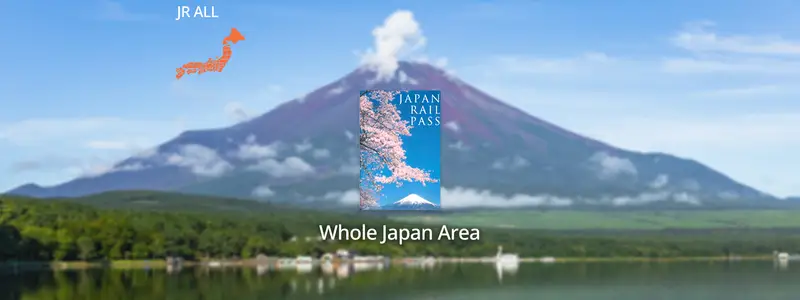












Pingback: The perfect itinerary for Japan in 3 weeks